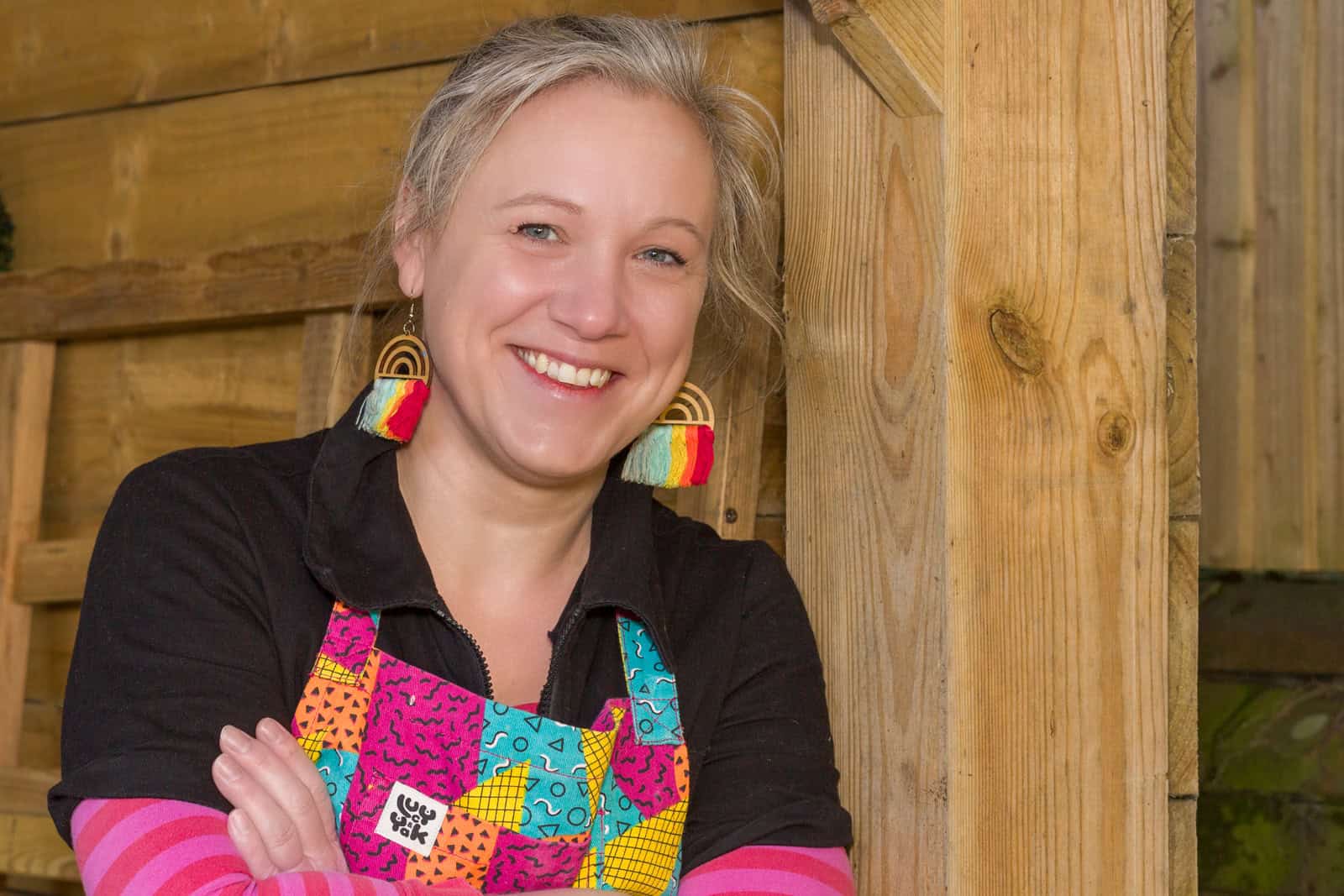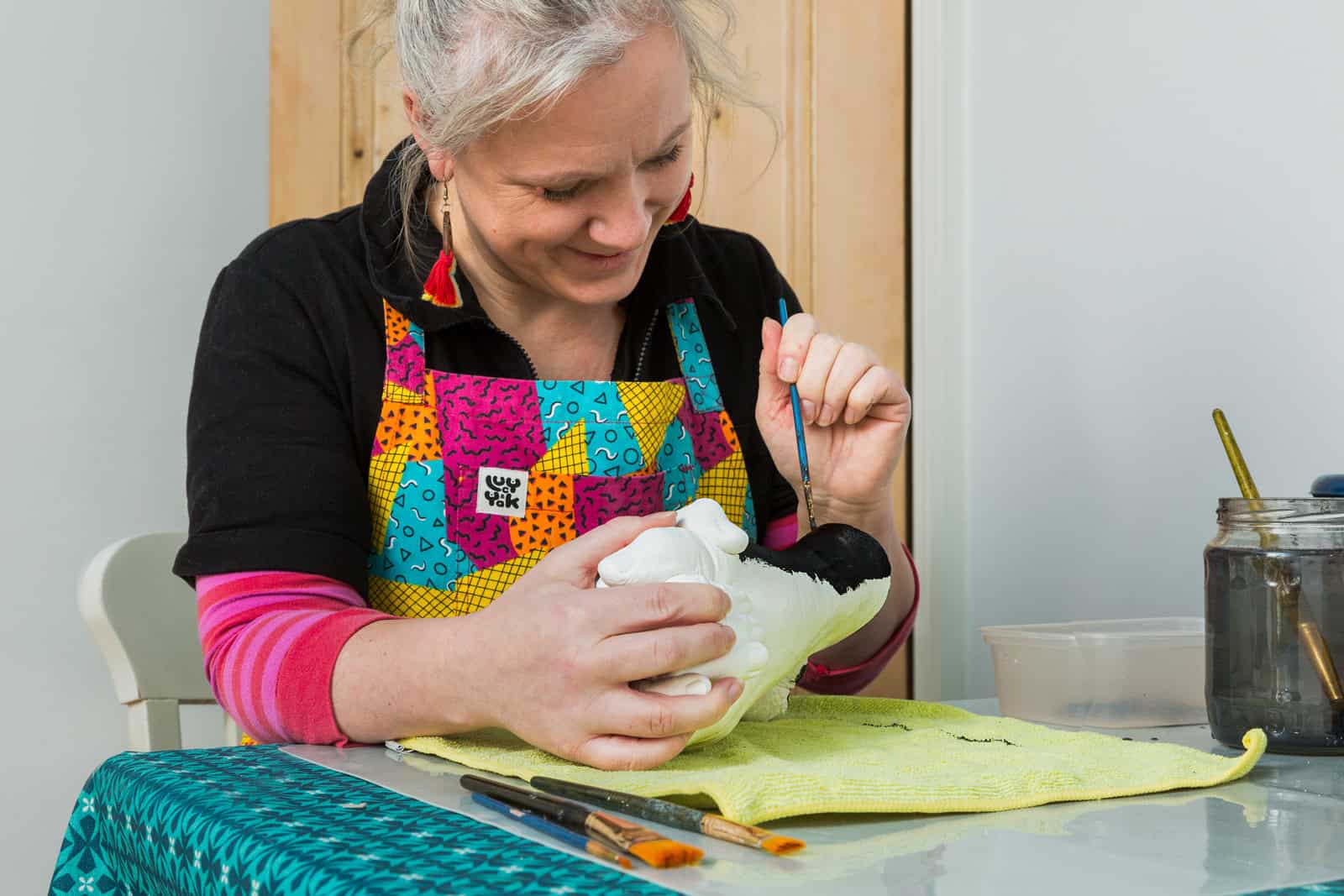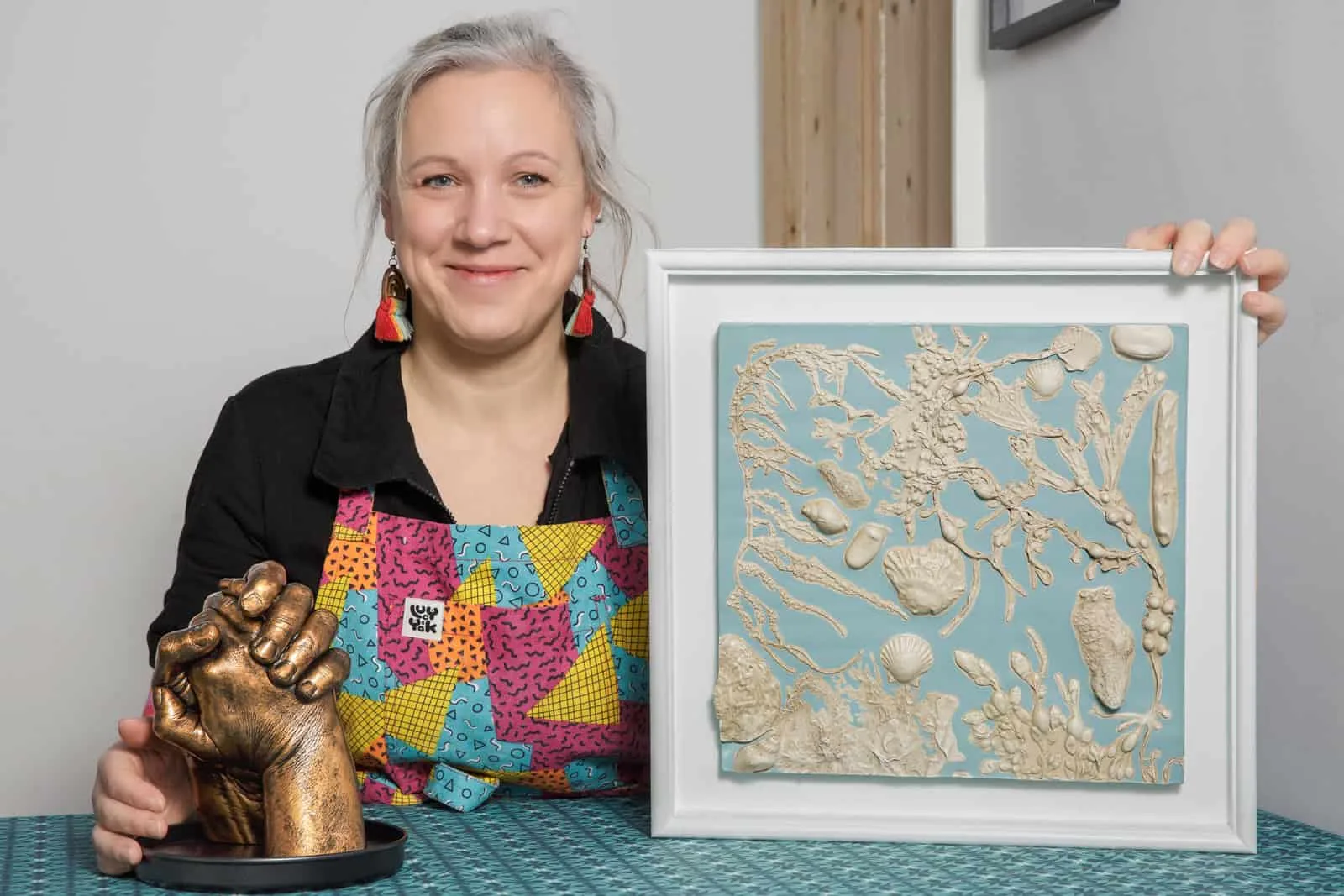Introduction
In part two of Tom’s story, we talk about the gin production process, the ingredients and how trying to stand out on the shelf has created a unique problem.
This is part two of a three-part story.

When did Corner Fifty Three launch itself into the world?
November 2017 was our first event with labels. We had a few test runs at small events to get some feedback on the product. But that was the first time that we had what you would call real feedback. Prior to that it had been from friends and family, who, let’s be honest, are unlikely to say something is really rubbish. Which of course is no good if you then take something to market which everybody outside of your immediate circle thinks is just awful.
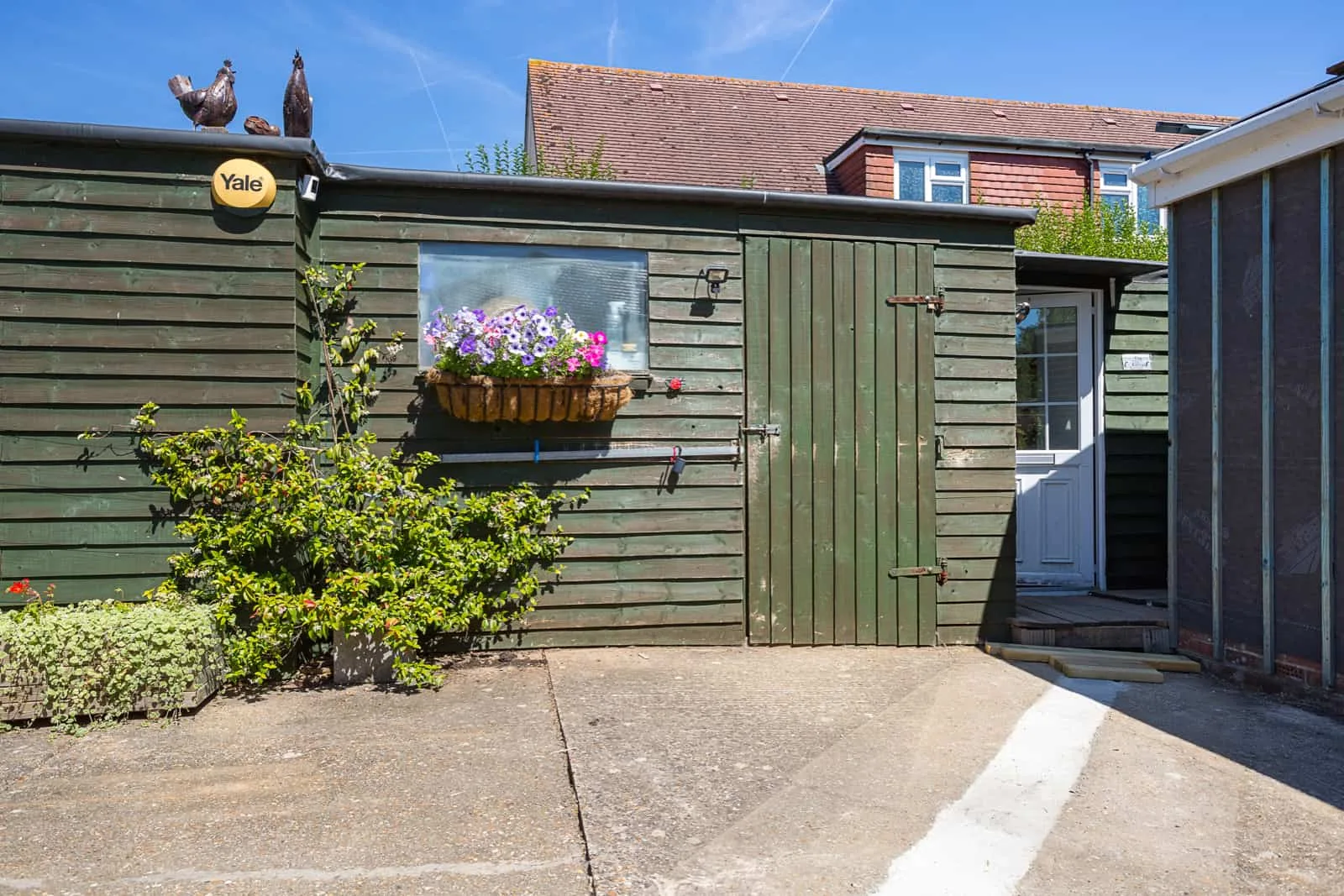
As we know you distill at home, how are you off for space?
We started out in the small shed. We extended that as we grew, and then we built an extra shed as well. It’s slowly got bigger and bigger but always stayed, essentially, as a large shed.
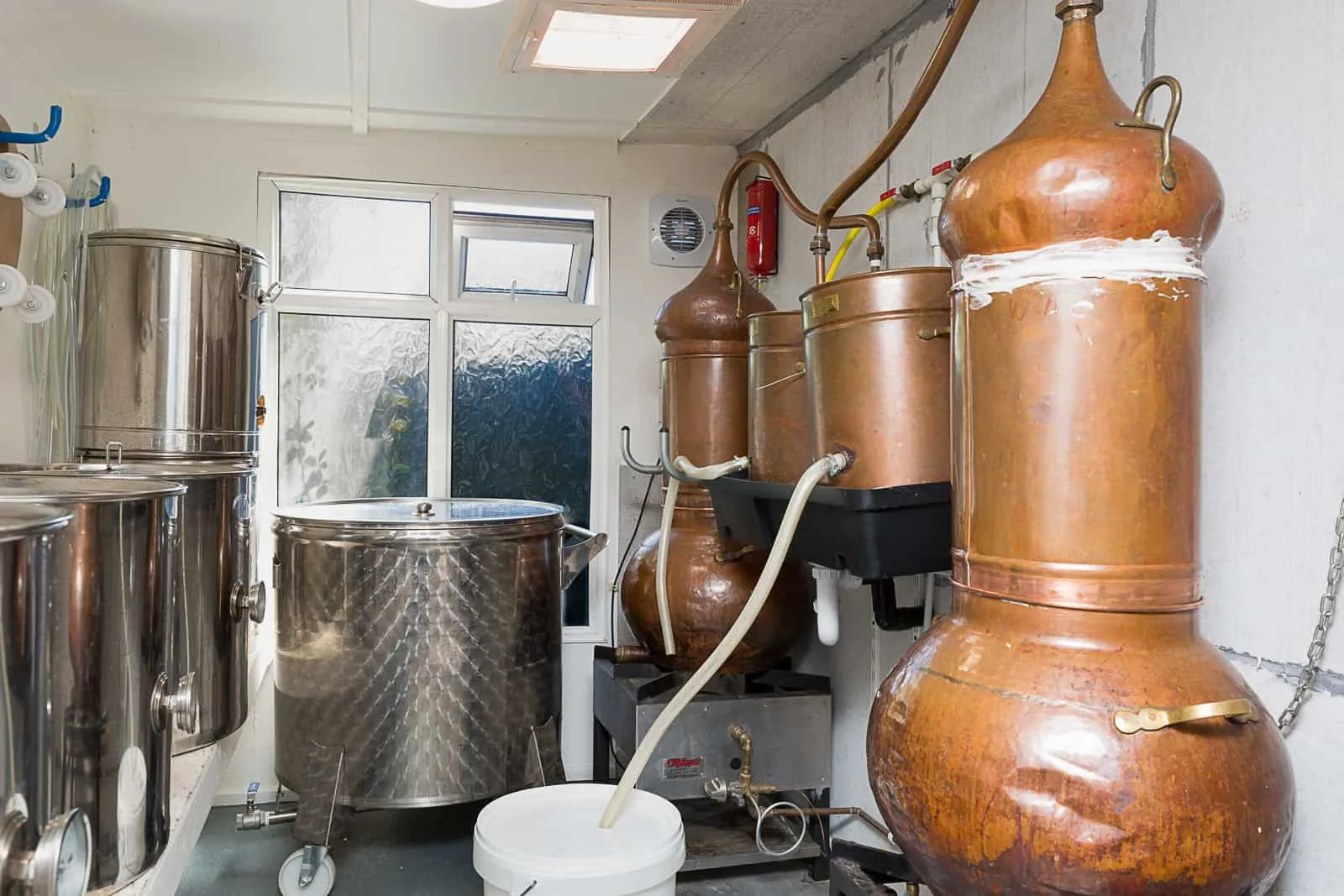
You have two stills which have been named after AC/DC songs
[Laughs] It was during the time of setting up the working space that I took my dad to see the heavy metal band AC/DC in concert for his birthday. He’s a big fan, so we gave the stills the names after a couple of their songs. One is called Rosie, the other one is War Machine, just heavy metal references for a bit of a joke.
The stills are from Portugal, how come?
Yeah, the majority of hand-hammered, open fired, stills are made in Portugal. We prefer the hand-crafted, rustic, approach rather than the modern, shiny, stills coming out of places like Germany. It’s more in keeping with how we operate as a business.
You also have a hand built vacuum still?
That’s Kurt, [Cobain] that ones for me [laughs]. You can buy rotary evaporators [1], but they are really expensive. To be honest it’s a lot safer as we’re distilling at a much lower temperature, around 42 degrees rather than the 78 of the larger stills. The benefits are that we can use things like clotted cream and lemon curd, which would otherwise degrade, losing the flavour, at higher temperatures. It’s fun to use.
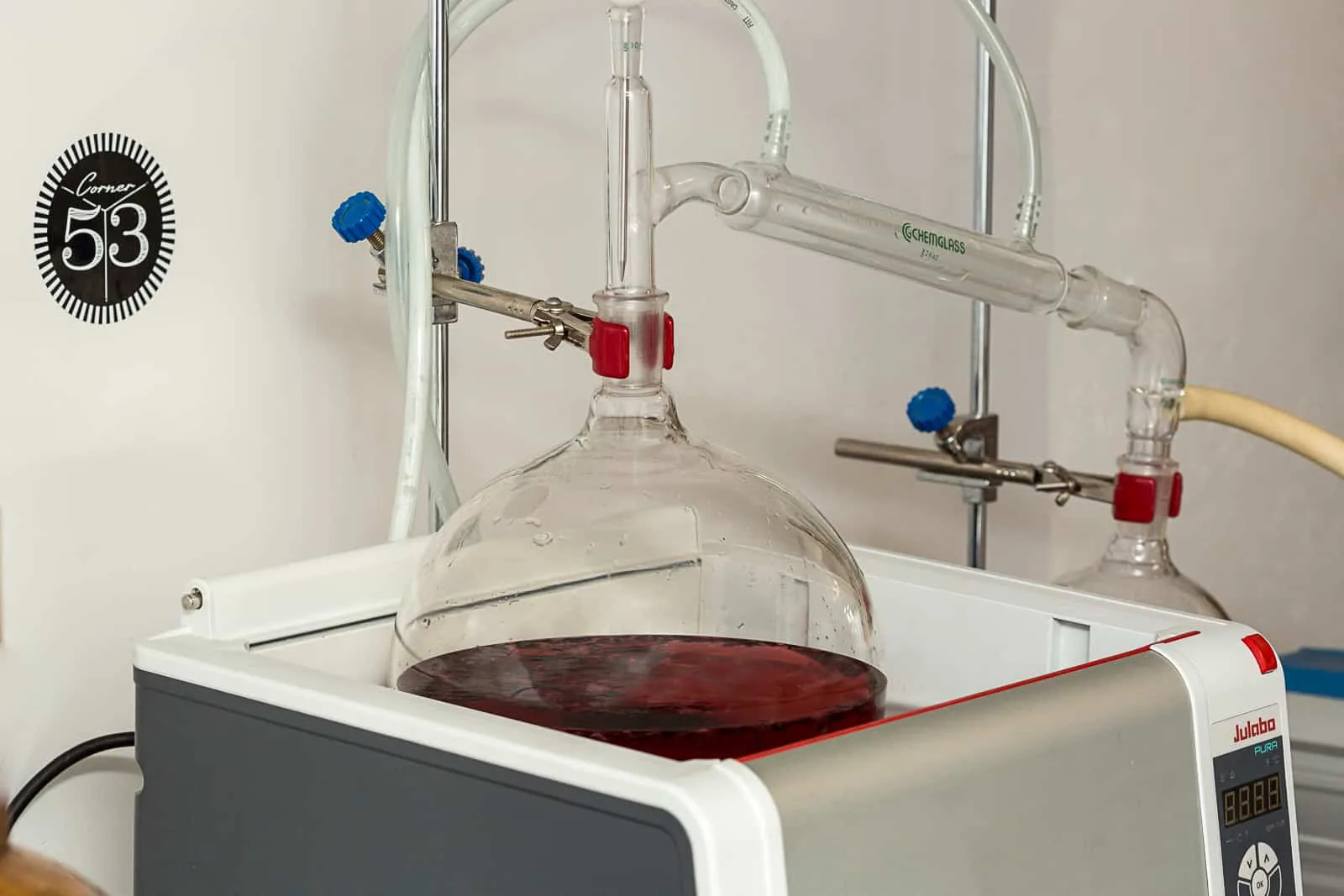
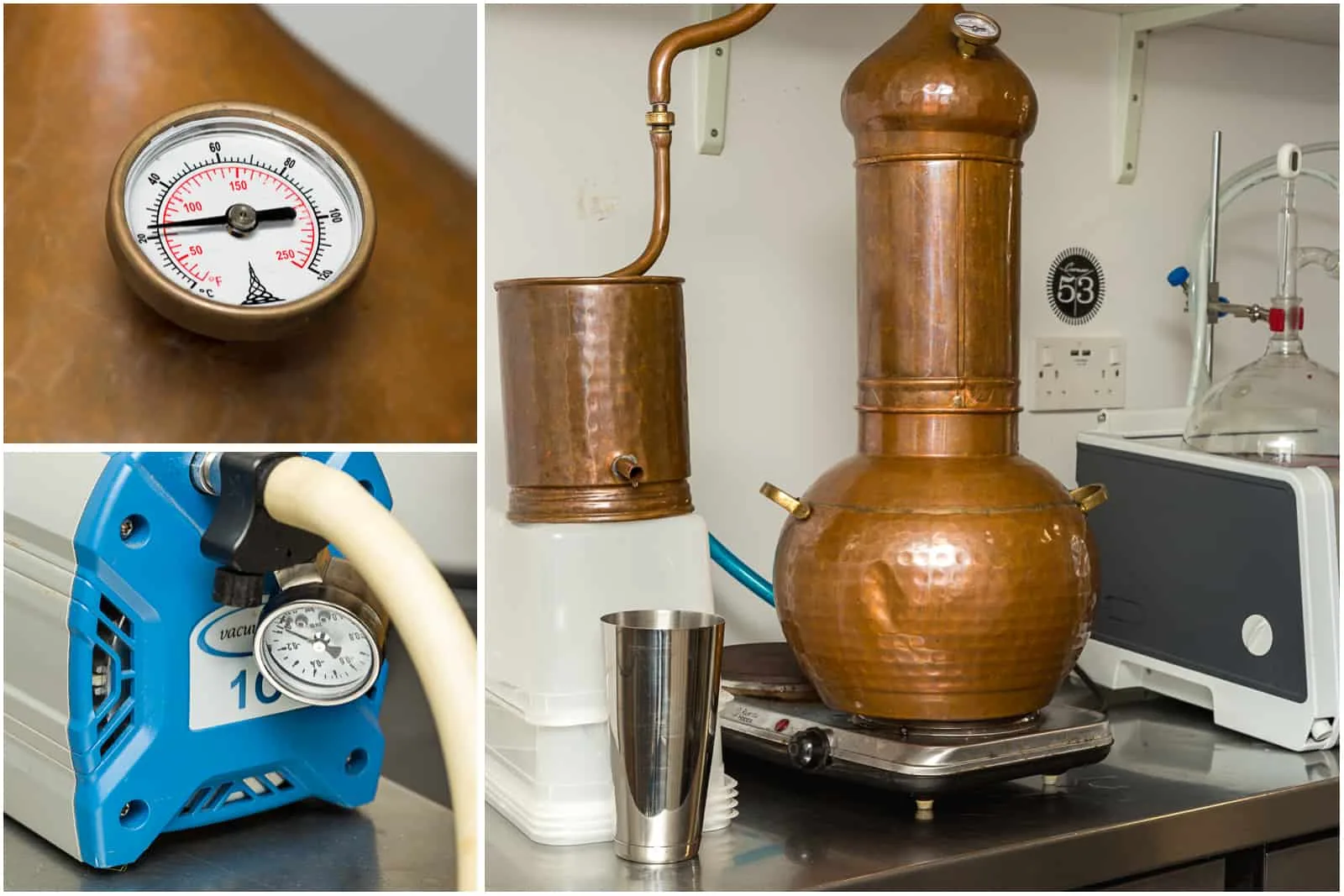
You also have a hand built vacuum still?
That’s Kurt, [Cobain] that ones for me [laughs]. You can buy rotary evaporators [1], but they are really expensive. To be honest it’s a lot safer as we’re distilling at a much lower temperature, around 42 degrees rather than the 78 of the larger stills. The benefits are that we can use things like clotted cream and lemon curd, which would otherwise degrade, losing the flavour, at higher temperatures. It’s fun to use.
Reference
A rotary evaporator (rotovap) is a device used in chemical laboratories for the efficient and gentle removal of solvents from samples by evaporation.

I assume you have to have some form of certification?
Yes, distilling is very strictly controlled. Registration is with local authorities for Environmental Health, and we put everything in place above and beyond what is required for hygiene. We have Distillers a license and a combined rectifiers/compounders licence.
How long does it take to produce a Gin?
It’s possible to produce one in a day. Ours tend to take around one to two weeks, depending on factors such as atmospheric pressure and temperature. Because we’re not working in a climate controlled space, those variables can affect the distillation process.
Can that affect the flavour?
Potentially, but it would be very small differences. Unless you were drinking from different batches where we had experienced the environmental changes, you’d be hard pressed to tell the difference. We gave up trying to be super accurate with flavours between batches some time ago. I think in some ways it’s part of our appeal, not being overly clinical. It would be different if we were one of the major distilleries, with thousands of bottle going out a day, where that level of consistency is important. For us, as long as our products taste good, we’re happy.
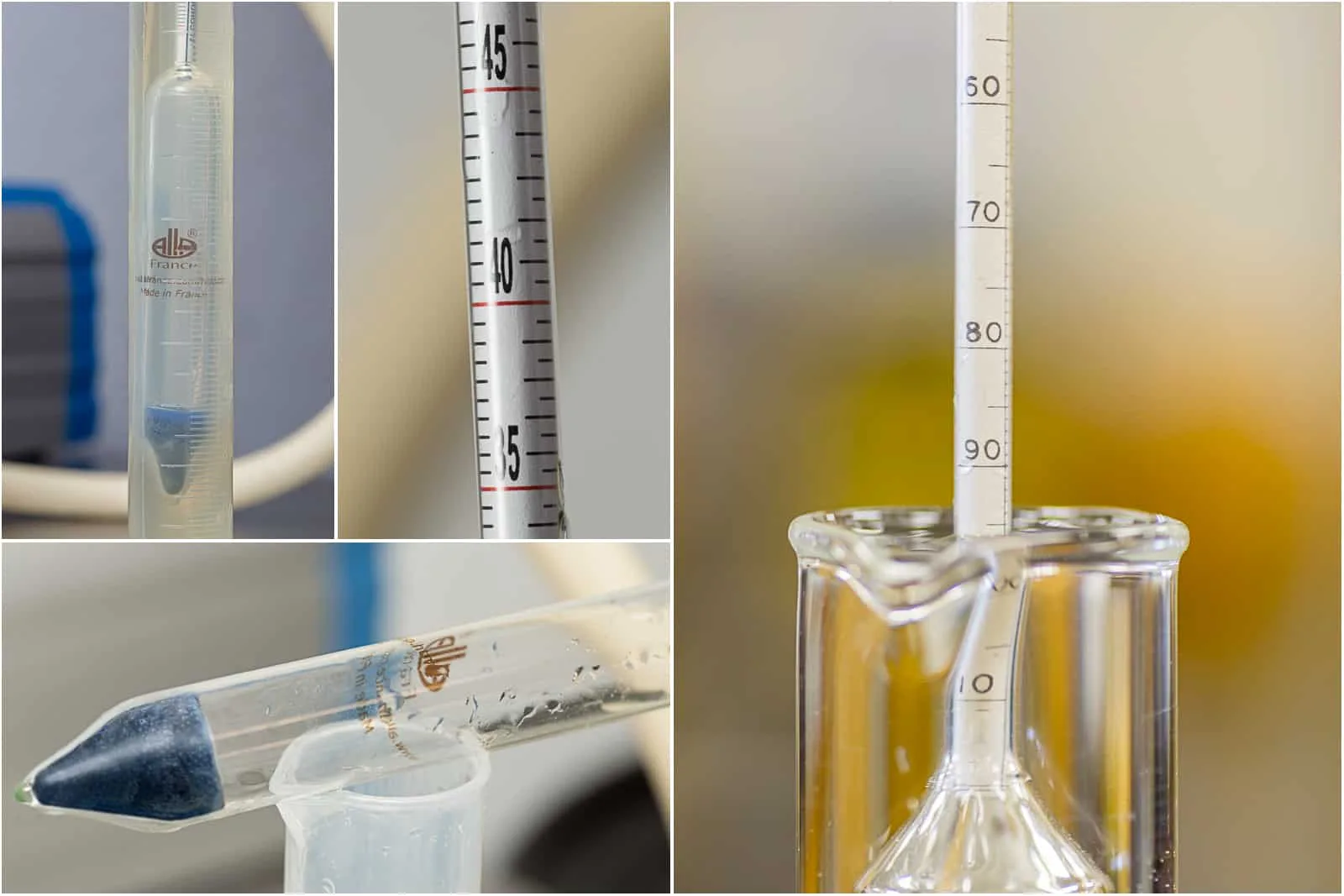
What sort of quality control do you have in place then?
Prior to bottling, I do a final hydrometer reading to test the ABV [alcohol by volume]. Then I’ll taste test, but I do nearly all of my testing by smell. Most of the time I’m looking for faults. Things like overcooking, if the stills got too hot, or more vegetal [1] notes coming through; it’s so obvious I can smell it straightaway. After five years of producing batches of fifty or more, you know from experience when something is going to be good or bad. Your nose is something like ten times more sensitive than your mouth, and how something smells affects the expectation of what you are about to taste. So, that’s how we do most of our quality control.
[1] Reference
Vegetal: An alcoholic beverage which has an aroma and flavour reminiscent of vegetation as opposed to fruit or floral notes.
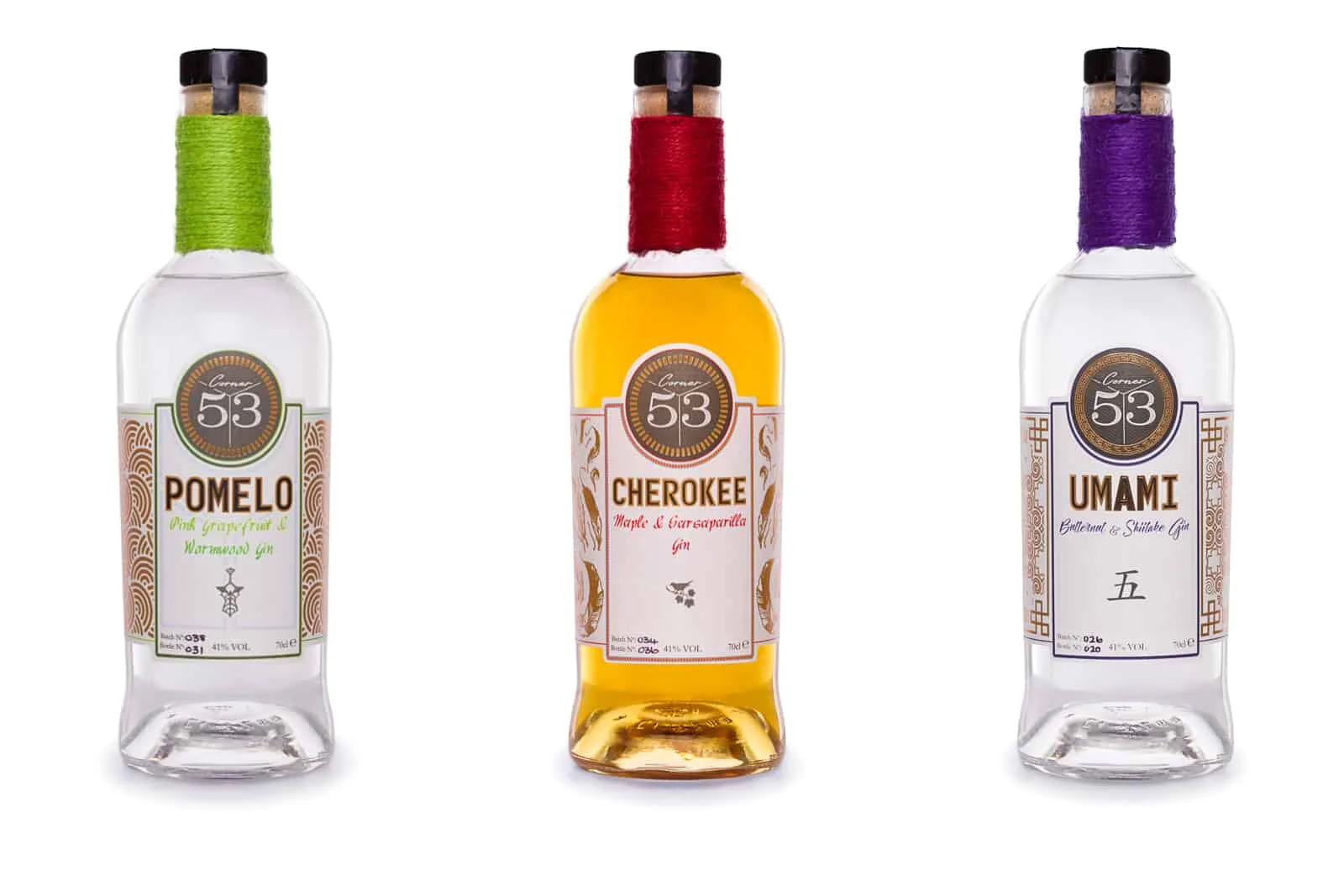
How do you decide what ingredients to use?
Pomelo, Cherokee and Umami, the gins that we started with, were flavours that made sense. We knew what we wanted, so we used botanicals that provided the Savoury, Citrus and Smokey flavours to create them. But as for the less obvious flavours, I’ve never worked out how to answer that question. It’s been asked quite a few times, but I just don’t know. I love cooking, but I very rarely use recipes. It’s mostly instinct, I just get ideas and run with them to see if it works out. So I suppose that’s my approach with producing our Gins as well [laughs]
Kind of like asking a musician where does a tune come from?
There was a certain echo chamber in 2017, when we were starting out, that I don’t think we would ever be able to replicate. A combination of sleep deprivation, the pressure of time to get something out for Christmas and wanting to leave my job and start the business. All of those things contributed to a melting pot of frantic, energetic ideas creation and trying to be different. The funny thing is, that five years on, when other people have made some weird stuff, customers still say that our original three flavours are unique.
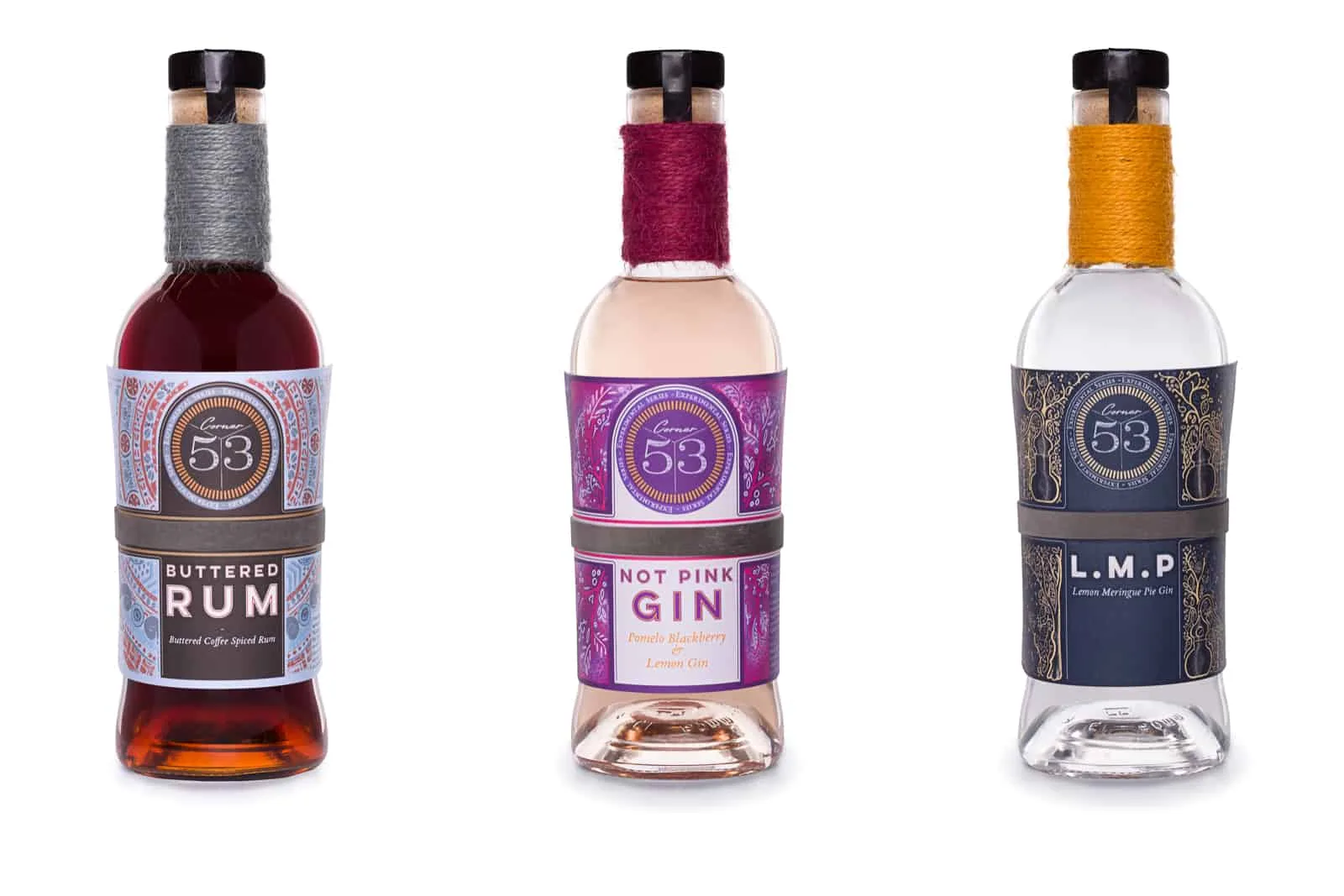
Pun intended, If you could bottle that process it would be worth a fortune, and I suppose in some ways that’s exactly what you have done [laughs]
I think our other three gins, the Rum, the Pink and the LMP [lemon meringue pie] were far more ‘designed’, as a result of having done it for a while. Applying our experience if you will. But I wouldn’t want to do that long weekend brainstorm again.
Really?
No, I think it’s conducive to creativity, but not great for commercialism. Not wishing to sound pompous, but I think that if you want to create great art you have to go a little bit mad. The trouble with that is, you are more likely to create something that is polarising or different, that people aren’t sure about, which is not necessarily good for business. But that’s the difference between me being an entrepreneur, which is what I’ve turned into, versus being a distiller and a creative, which is what I started out wanting to be.

I suppose the ideal would be to take the output from a brainstorming session and then run it through a focus group?
Absolutely. That’s the thing, we didn’t focus group anything in the beginning. I’m so much more aware of that way of thinking now, mainly thanks to Teigan, who screams ‘research’ at me every time I suggest an idea [laughs]. Everything I consider now, goes through those steps or a business model. When I started out I had no idea that business is a science, but it definitely is. It’s really changed the way that I think and the way in which we create products.
When I started out I had no idea that business is a science, but it definitely is.
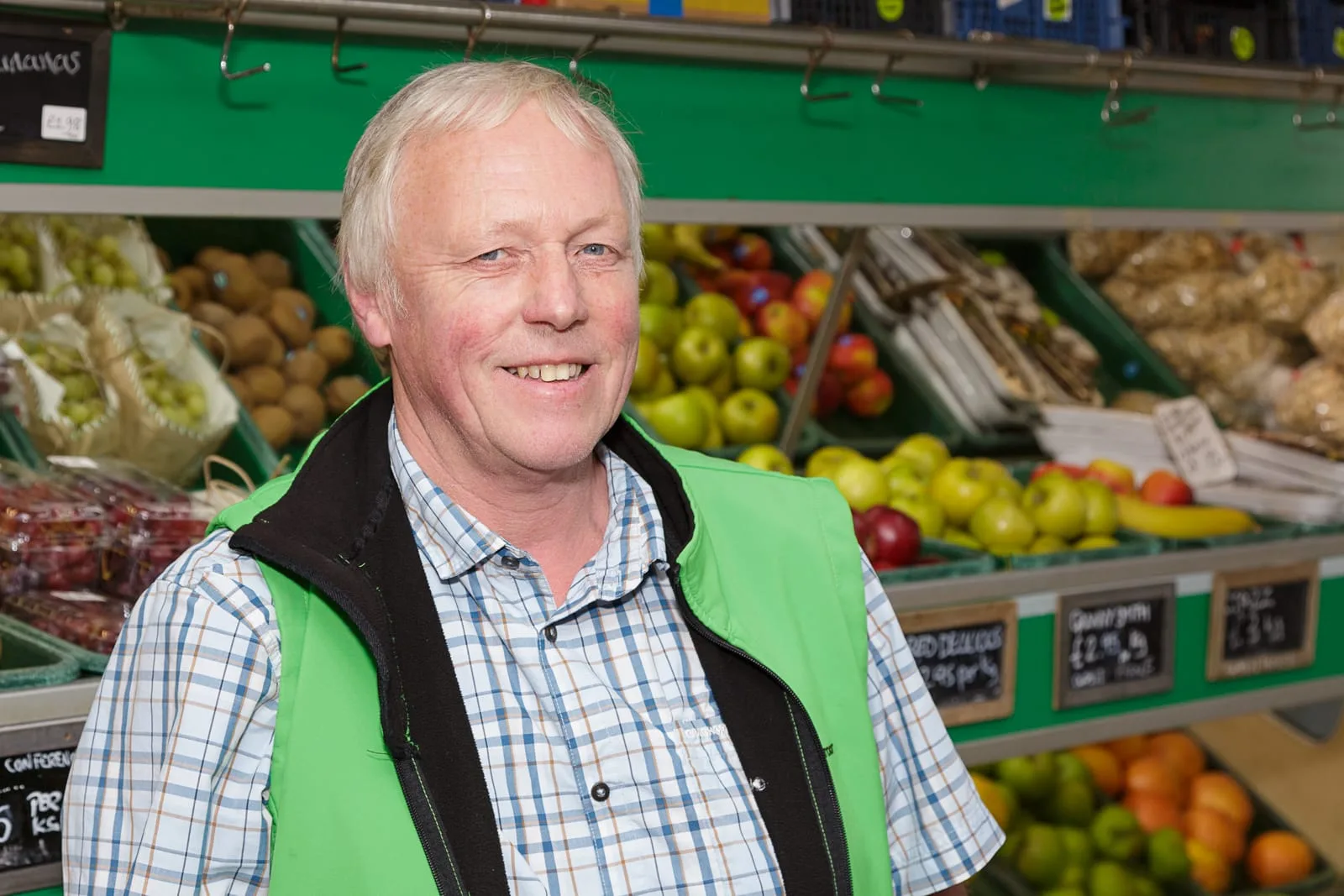
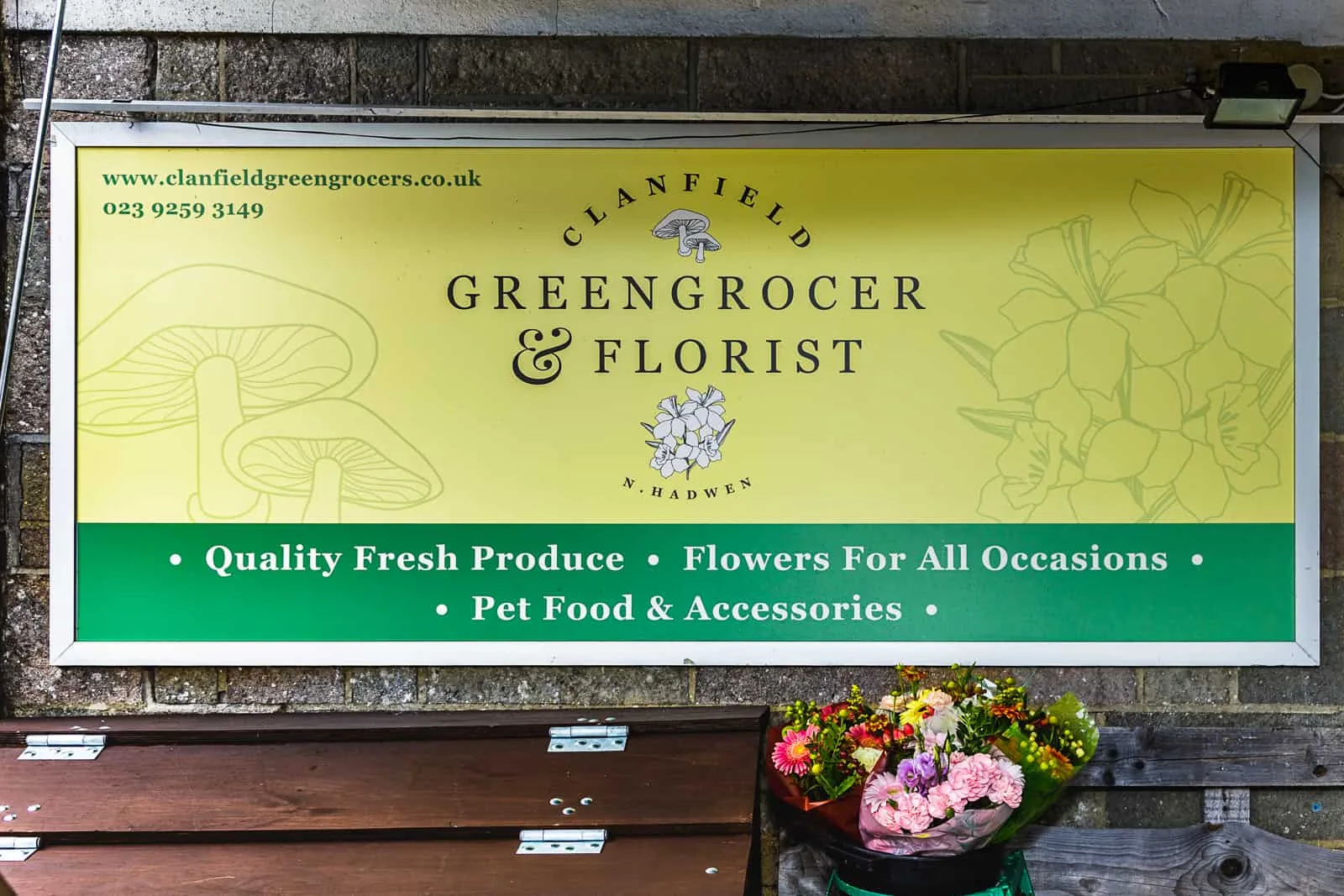
Are your flavours seasonal?
Not the six that are available all the time. They have been designed around fruit that is stable seasonally, provided by Nigel Hadwen our local greengrocer [1]. We use a lot of fresh stuff because I think it’s better. However we want ingredients that are consistent all year round, within reason. But we do the Cello’s now.
[1] Reference
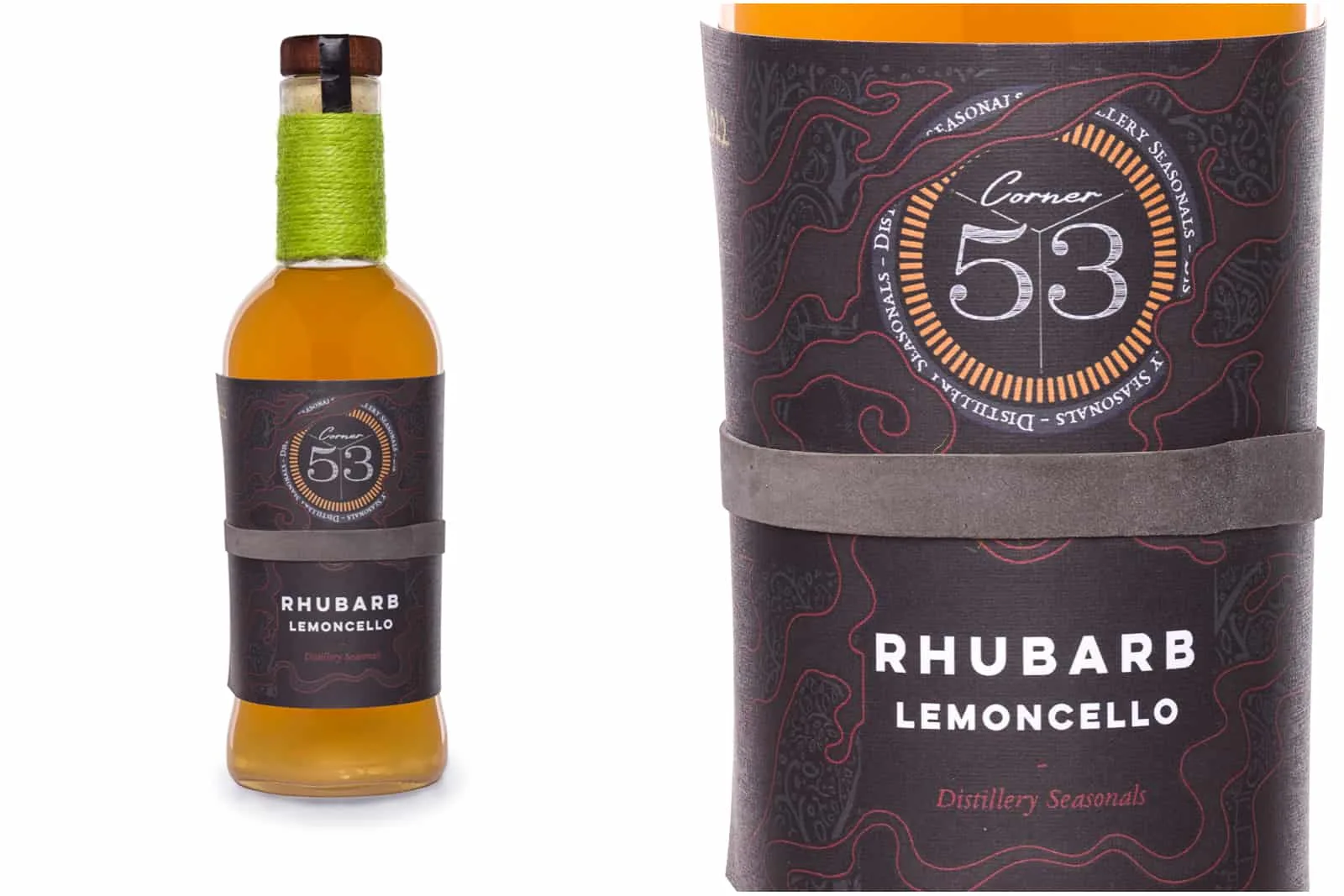
What’s a Cello?
We start with an Italian style farmyard limoncello recipe, but take a slightly different approach. We did a Blood Orange version in March because we had a two week window when we could buy blood oranges. We bought 150kilos, processed them by hand to produce 200 bottles of Blood Orange Cello, which have all gone. We’re doing a Rhubarb and Apple one next, the Rhubarb is from my grandma’s garden. So that’s our nod to seasonality.
I suppose you could you do it blindfolded now?
Yeah [laughs] I think we could. We’ve been doing it for so long now, and the processes are so refined, that we run pretty smoothly on the production side of it. Originally it was really, really, hard, but now we’ve got that nailed.
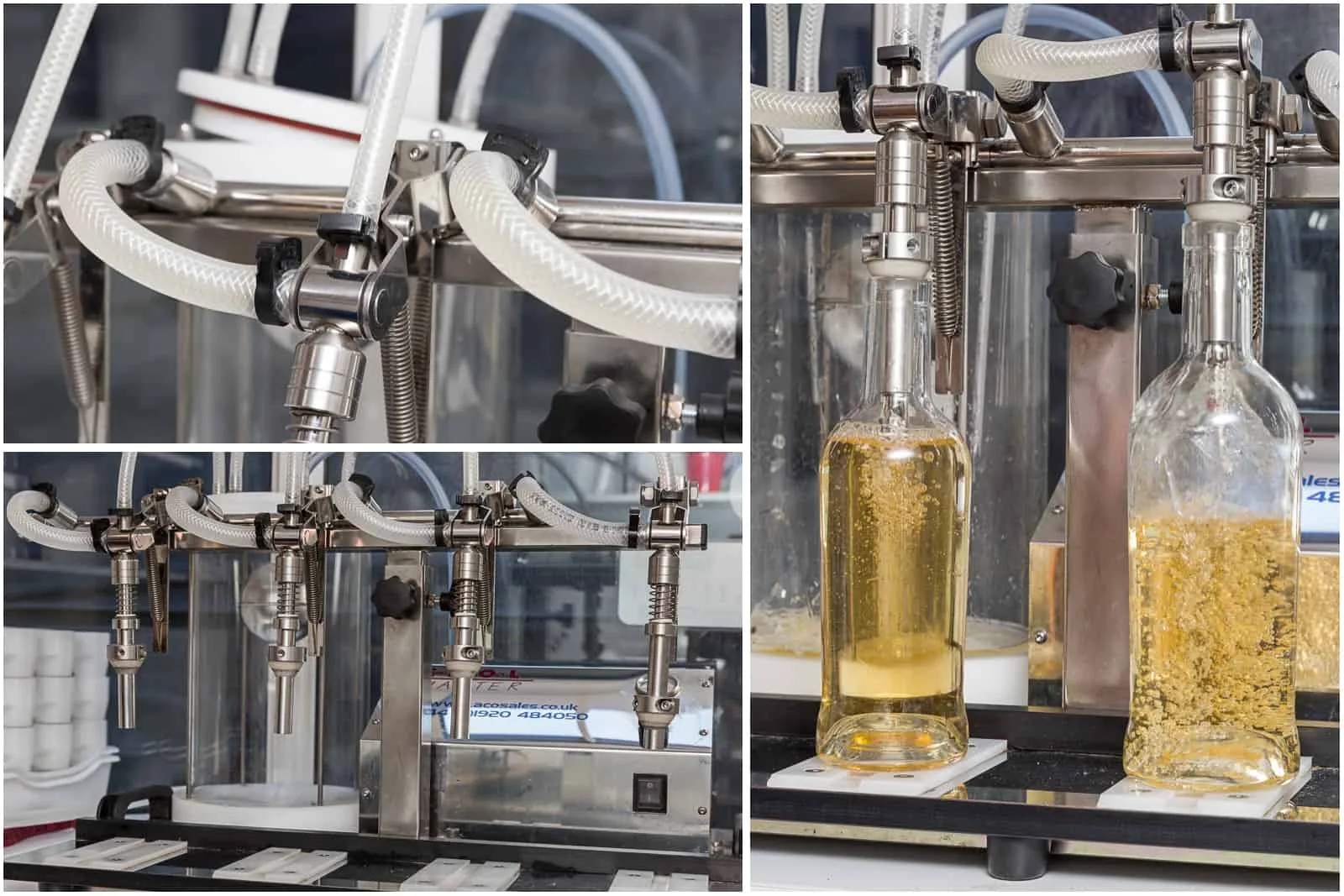
What’s the best bit of what you do, something that gets you excited?
I absolutely love big bottling days. It’s where you have something tangible at the finish. Having gone from the product in the barrel to bottles, and then into boxes sat on the shelf ready to ship. The labelling and stringing is still to come, but having a clean down at the end of the day, that is remarkably satisfying.
Who does the stringing?
It’s always pretty much been me, mum and dad really.
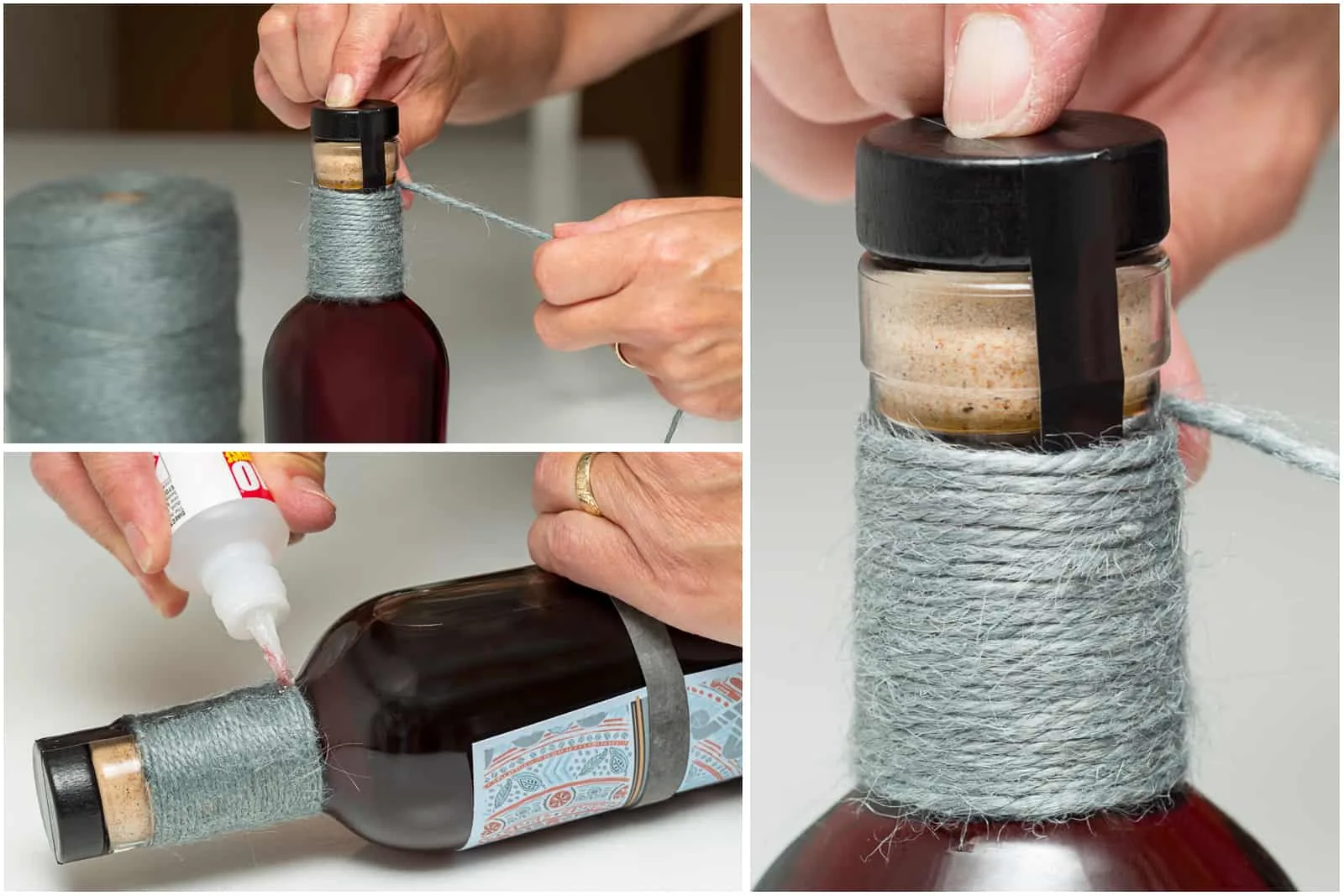
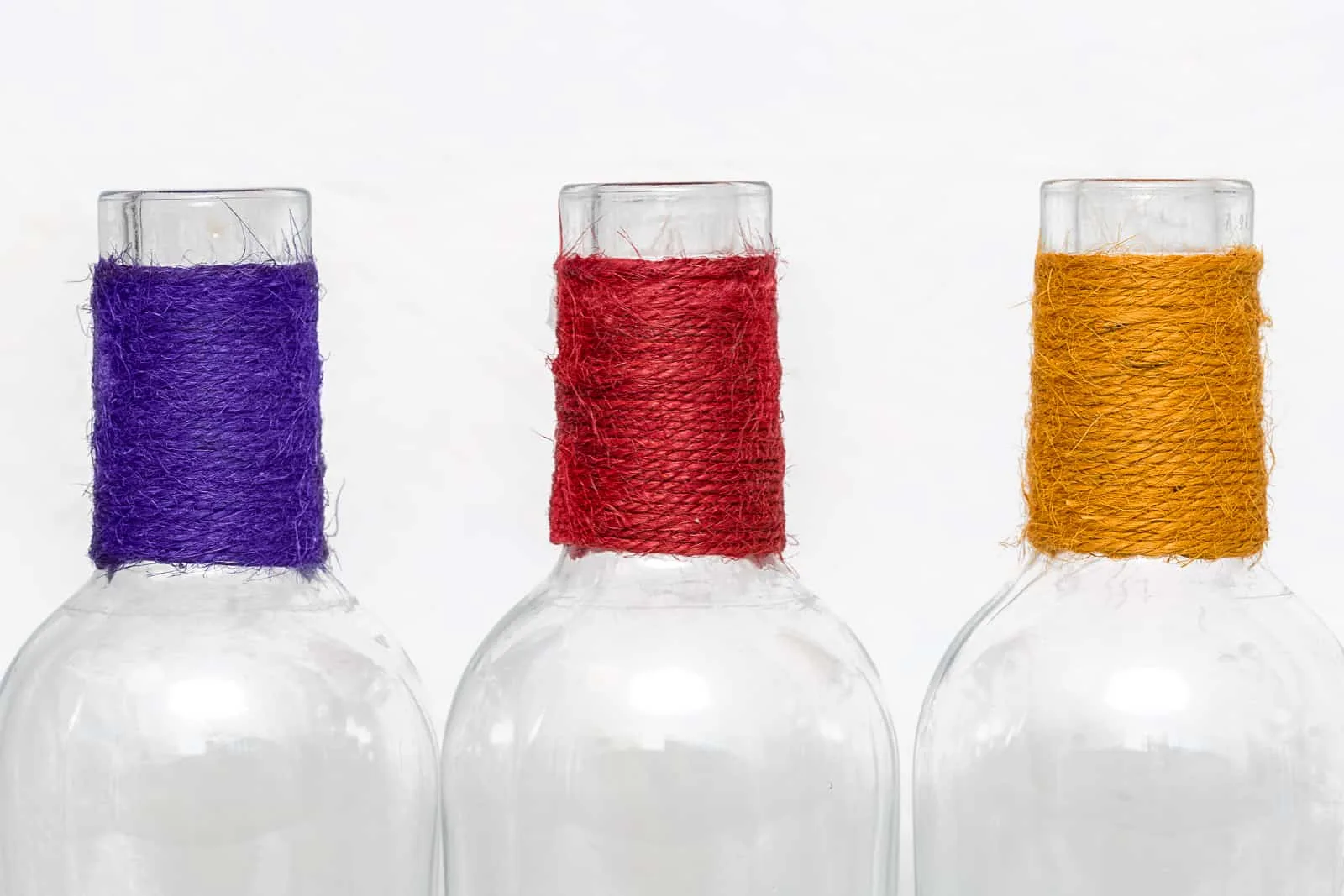
How did it start?
We had feedback from a bar down the road. They liked the product, but the trouble was that nobody could tell the difference between our bottles and other brands on the back bar. We decided, as a temporary measure, until we could get neck labels, to put string around the neck to help separate them from the pack. The problem was that everybody loved it, so we had created this monster. Back in 2019, before COVID hit everything, we were dealing with quite a few wholesalers and trying to grow. It was a nightmare trying to put strings on pallet loads of stock late into the night.
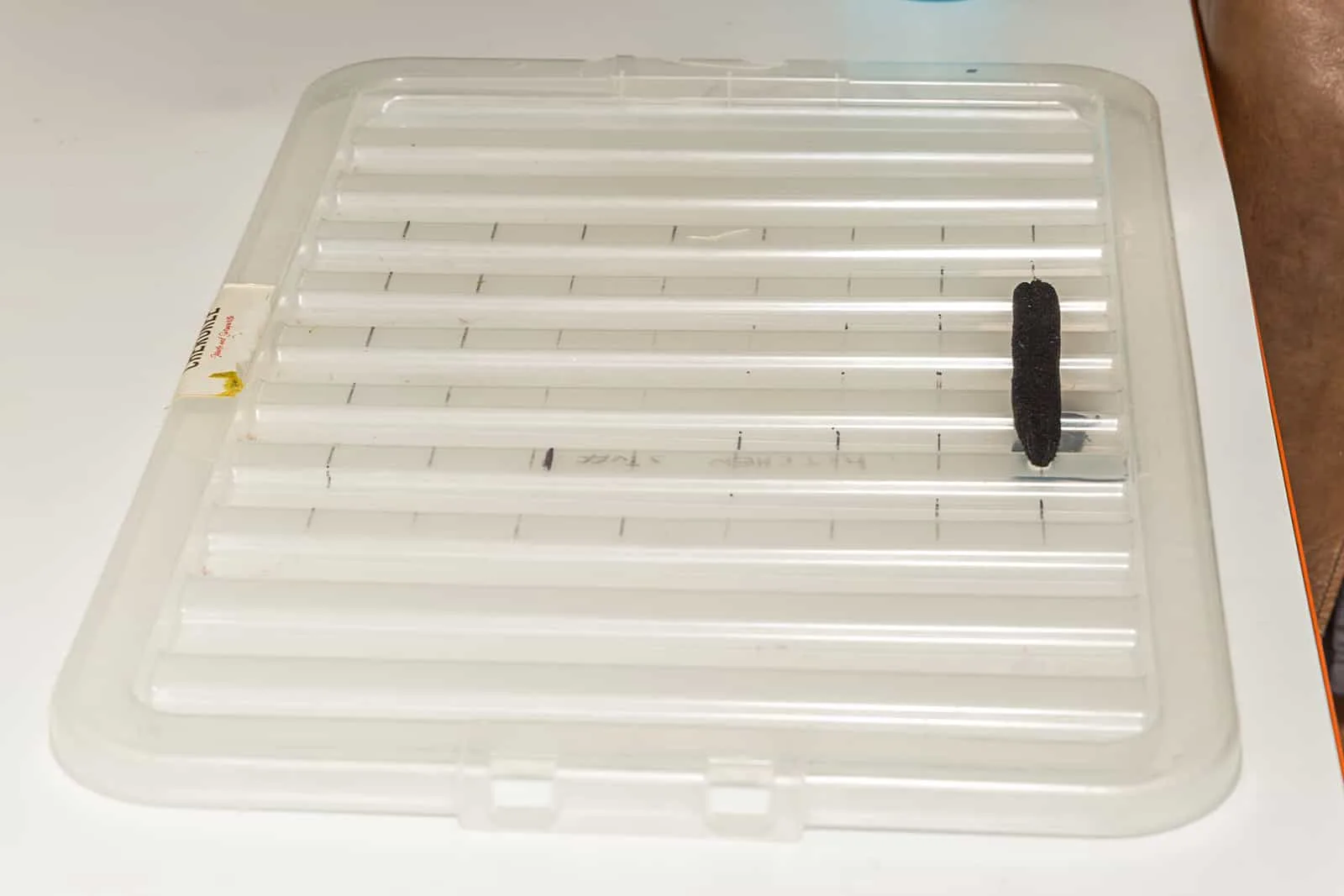
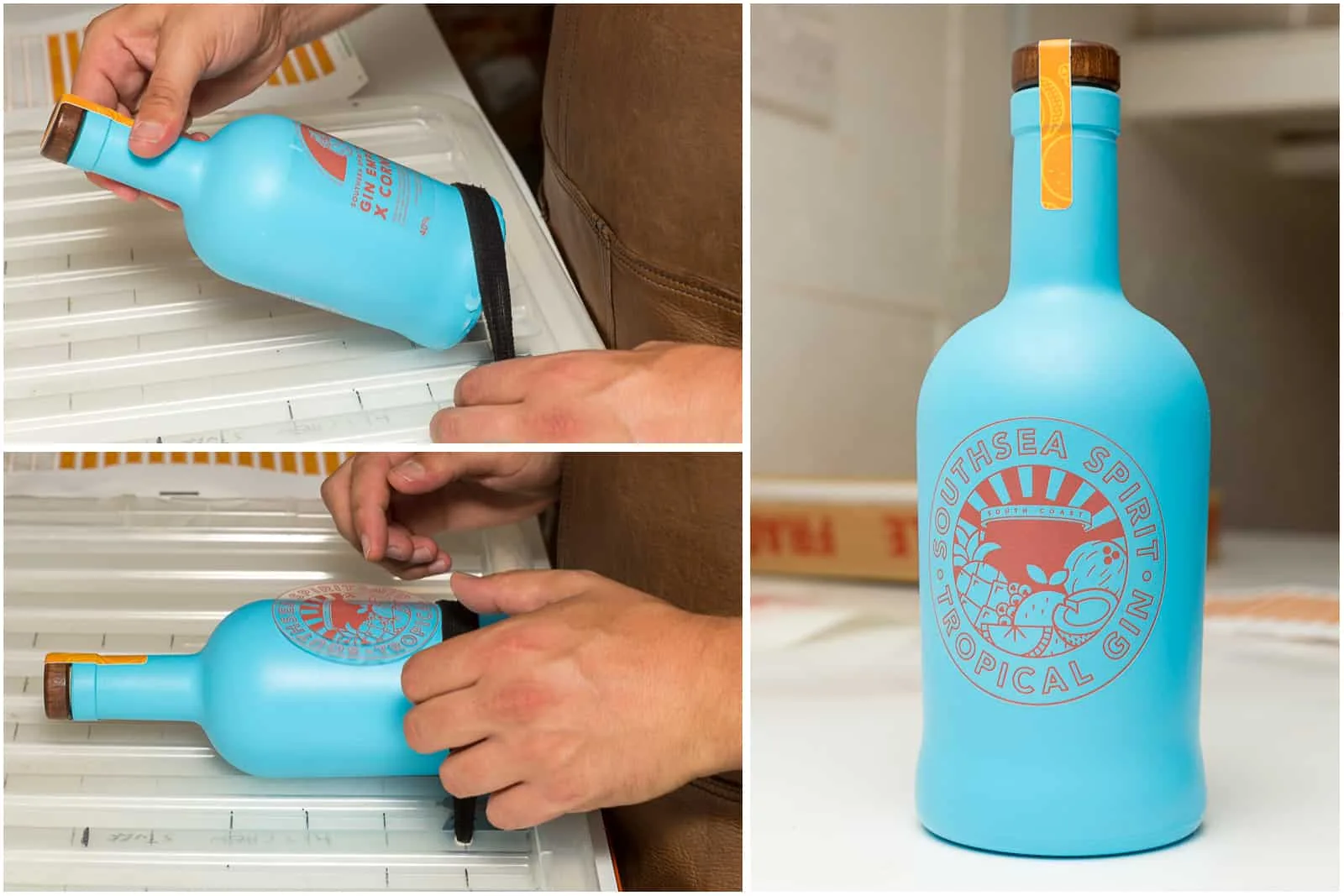
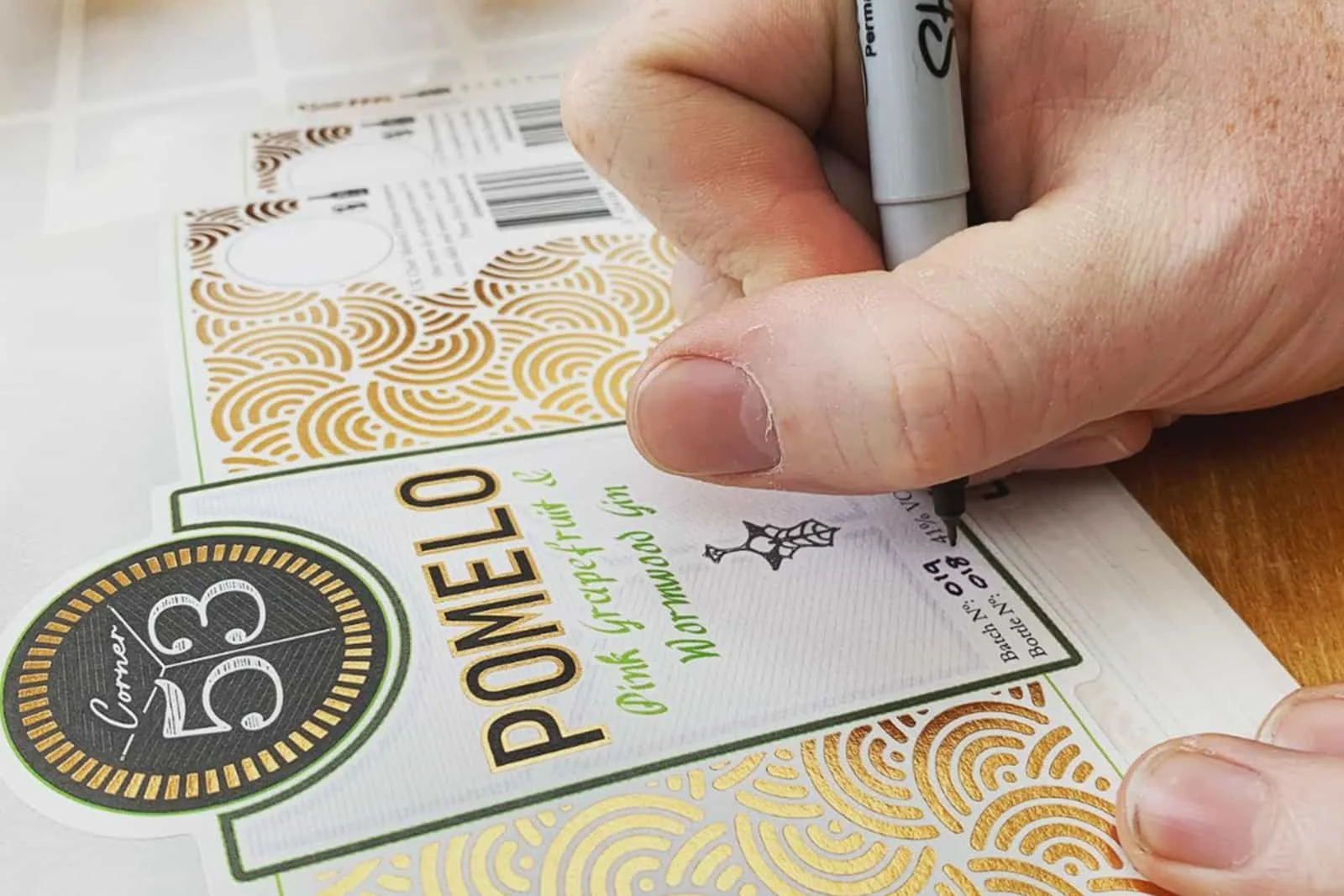
Are you still numbering bottles and adding labels by hand.
Yeah, everything is done by hand. Every pink grapefruit that is peeled, every juniper berry that is measured. You’ve seen the space, we can’t have big bottling lines, labelling machines or whatever. Our labelling ‘machine’, is a plastic lid that we drilled holes in so we can consistently mark the height of the labels on the bottles [laughs]. We came up with that solution when we were first starting out. It’s five years old and still going strong [laughs].
Not so much a cottage industry as a shed industry!
We live in a world where we waste so much. What’s the point of putting time and money, yours and other peoples, into things that we don’t need?
In the final part of Tom’s story, we discuss how COVID has changed the direction of the business, Corner Fifty Three gin being stocked in the Fortnum and Mason London store, and knowing your supplier’s social and business values. Watch this space.

